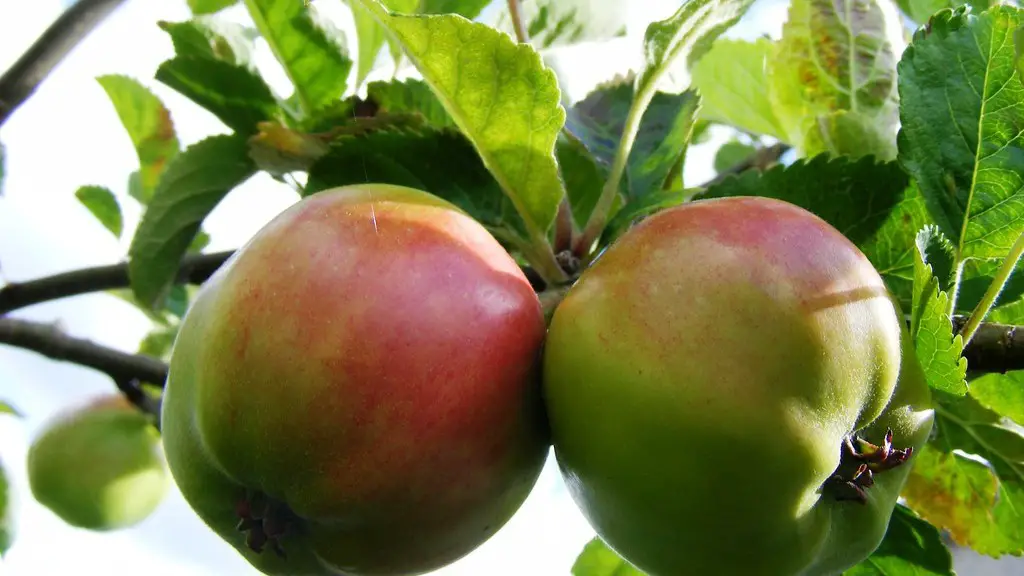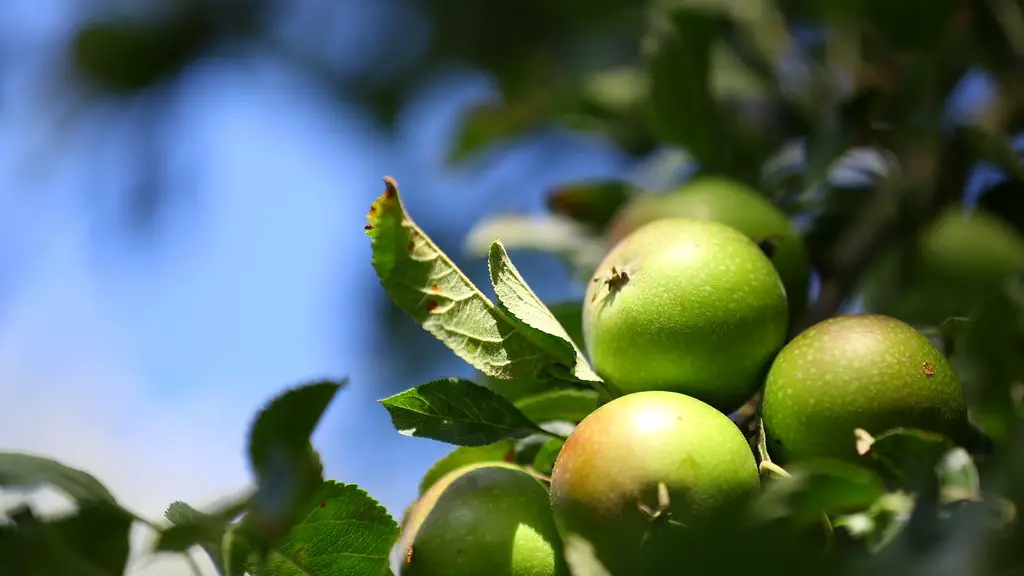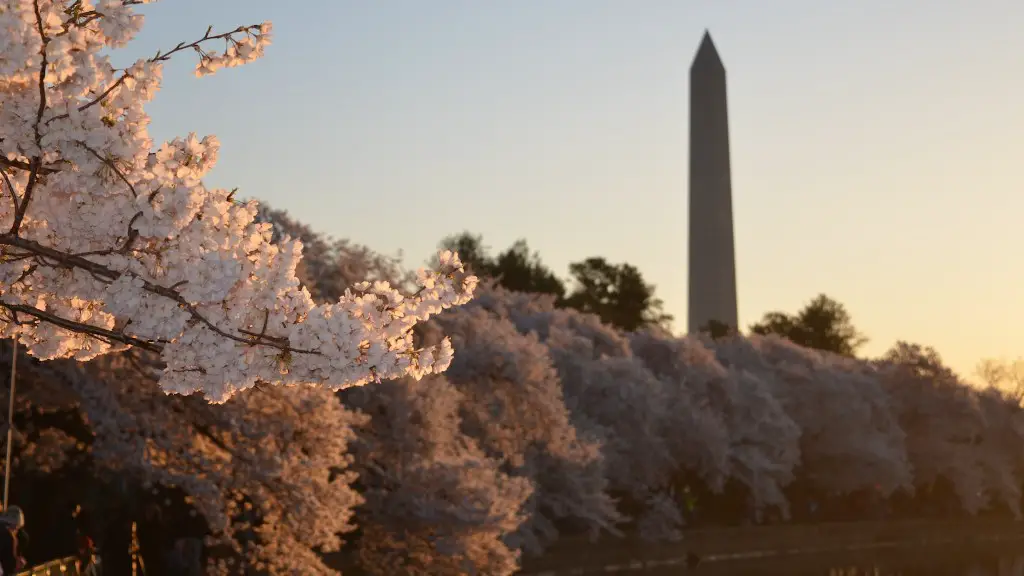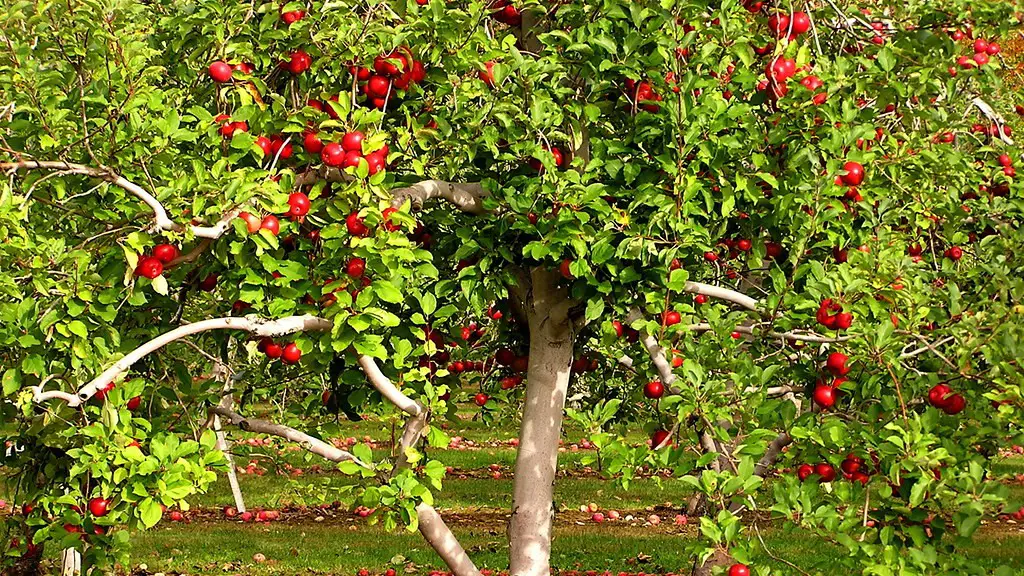Cloning an apple tree is a relatively straightforward process that does not require any special application or technical skills. It is possible to clone apple trees from either seeds or cuttings. There are benefits and drawbacks of both methods, but the ultimate goal is to produce a healthy, vigorous tree that produces abundant high-quality fruit. This article will provide detailed instructions on how to clone apple trees using either method.
When cloning from a seed, the process begins with gathering mature seeds from ripe appples. The seeds should be carefully examined for any signs of disease or insect damage before planting. The seeds should then be placed in a shallow container filled with moist potting soil, then lightly covered with soil and kept in a warm, sunny location. Depending on the variety of apple tree, it can take between 2-6 weeks for the seeds to germinate and the young seedlings should be transplanted into the ground or into a pot or container when they are strong enough.
If cloning from a cutting, the clonee must select a branch from a healthy, mature tree. Cuttings should be taken from branches that have 3-4 buds and should be around 6–8 inches in length. The cutting should then have the bottom 1/3 of leaves stripped off and dipped into a rooting hormone before planting. The cutting should then be placed in either potting soil or a mix of perlite and peat moss. Again, the cutting should be kept in a warm, sunny location and watered regularly until it takes root.
Once the trees have been planted, it is important to monitor them for signs of stress or disease, and to use appropriate protective measures if any are detected. Adequate water and fertilizer should also be applied to promote healthy growth. Pruning should be done every year to remove dead or diseased wood and to promote healthy, vigorous growth.
Finally, harvesting of the fruit should be done carefully to ensure that the health of the tree is not compromised. The most common method for harvesting apples is to use a tool like an apple picker, as this allows for a clean, rapid harvest without stressing the branches of the tree.
Germinating Apple Seeds
Germinating apple seeds is the first step in the cloning process and can be achieved using two different methods. The first method is to plant the seeds directly in the soil; the second method is to plant the seeds in moist potting soil and then transfer them to the soil after they germinate. Both methods can be effective and depend mostly on how quickly the gardener would like the seed to germinate.
When planting the seeds directly into the soil, the seeds should be planted about a 1/4-inch deep in a tank of potting soil or a soil-less medium such as perlite. The soil should be kept moist but not wet, and the temperature should be between 70-80 F. The seeds should be monitored daily to ensure that the soil is not too wet, as this can lead to fungal growth that could harm the seedlings.
When planting the seeds in moist potting soil, the soil should be filled into a shallow container, and the seeds should be buried in the soil at a depth of about 1/4-inch. The container should be kept in an area that receives indirect sunlight, and the soil should be kept constantly moist. Once the seedlings emerge, they should be gently transplanted into soil or a larger container.
Creating Cuttings
Creating cuttings is another method for cloning apple trees and can be done with or without the use of rooting hormones. If using rooting hormones, the gardener should select a healthy, mature branch from an apple tree and dip the bottom 1/3 of the cutting into a rooting hormone solution to induce root formation. If not using rooting hormones, the cutting should still be taken from a healthy, mature apple tree and any leaves near the bottom 1/3 of the cutting should be stripped off.
The cutting should then be planted in either potting soil or a soil-less medium such as a mixture of perlite and peat moss. The temperature of the soil should remain between 65-70 F and the soil should be kept lightly moist, but not wet. The cutting should be monitored often to ensure it is not too wet as this can lead to fungal and bacterial growth that could harm the cutting.
Once the cutting has taken root and grown strong enough, it should be transplanted into soil or a larger container. In order to avoid introducing any diseases or pests to the clone, it is important to isolate the cutting from any other plants until it has acclimatized to its new environment.
Transplanting Clones
Transplanting clones into the ground or into larger containers can be a delicate operation and it is important to handle the clones with care. If the clones are being transplanted into a container or pot, the container should be large enough to accommodate the root ball, and the soil should be high quality and well-drained. When transplanting the clones into the ground, the soil should also be high quality and well-drained, and a wide hole should be dug that is large enough to accommodate the root ball of the clone but shallow enough so that the clone does not sink too deep into the ground.
When transplanting, it is important to lightly cover the root ball with soil and to water the clone frequently to ensure the clone does not become overwhelmed by the changes in its environment. After the clone has been planted, the soil should be monitored to ensure the moisture levels remain consistent and appropriate protective measures should be taken if any diseases or pests are detected.
Watering & Feeding Clones
Clones require regular watering and fertilizing in order to grow and remain healthy. The soil should be watered deeply once a week and it is important to water the clones slowly and evenly to avoid oversaturating or drying out the soil. Mulching around the clones can also help retain moisture and reduce weeds.
Fertilizing clones should be done on a regular basis using a high-quality fertilizer. Organic fertilizers work best and can provide the nutrients needed for healthy growth. Different varieties of apple trees require different nutrient mixes, and it is important to select the correct one for the clone to ensure optimal growth.
It is also important to monitor the clone for signs of stress or disease and to take appropriate protective measures if any are detected. Early detection is key, as this can reduce the risk of the tree becoming overrun with diseases or pests that could harm or even kill the clone over time.
Pruning Clones
Pruning is an important part of successful apple tree cloning and should be done every year to ensure healthy, vigorous growth. Pruning should be done to remove dead or diseased wood, as well as to encourage new growth and promote a healthy canopy. If the clone becomes overcrowded, pruning should also be used to open up the canopy for light and air circulation.
When pruning, it is important to use the correct pruning technique for the type of clone. For example, spur-type apple trees should be pruned in such a way as to encourage short, compact growth. Clusters of green-wood on the tree should be pruned down to two or three buds in order to maximize fruiting potential. Pruning should also be done in such a way as to avoid cutting too close to the graft line or rootstock, as this could weaken or even kill the clone.
Finally, when pruning, it is important to use clean tools to avoid introducing any diseases or pests to the clone. Pruning tools should be cleaned with a solution of bleach and water between each tree to minimize the risk of transmitting any diseases.




